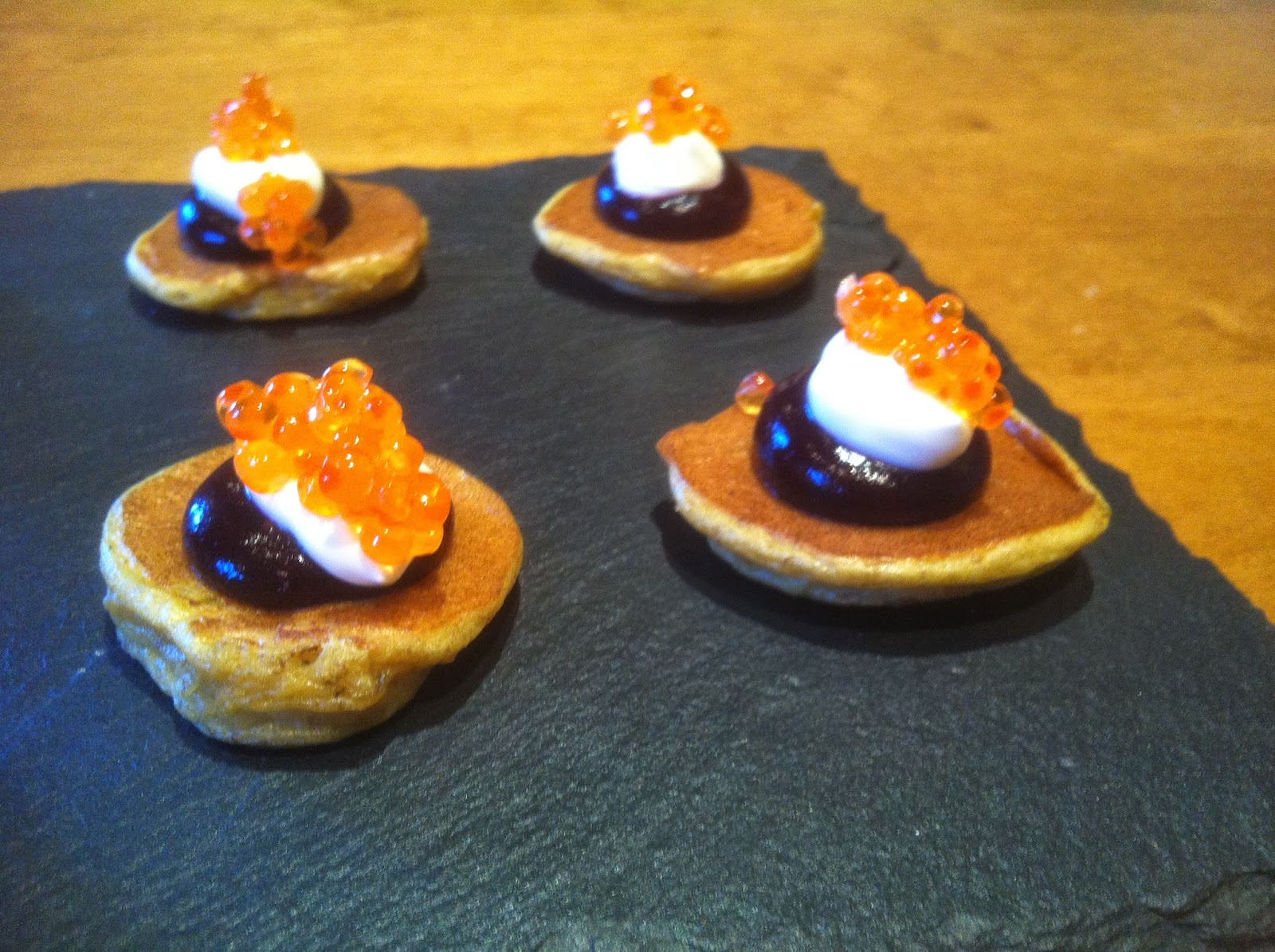 Eggs are highly temperature dependent and as such are great for cooking sous vide. Being able to control the temperature exactly gives you the opportunity to produce a wide variety of textures. The proteins in the yolk start thickening (or gelling) at 65 degrees Celsius and set at 70. Higher temperatures will produce even harder yolk until it gets quite crumbly.
Eggs are highly temperature dependent and as such are great for cooking sous vide. Being able to control the temperature exactly gives you the opportunity to produce a wide variety of textures. The proteins in the yolk start thickening (or gelling) at 65 degrees Celsius and set at 70. Higher temperatures will produce even harder yolk until it gets quite crumbly.Meanwhile, the egg white consists of several proteins that sets at temperatures ranging from 61 to 84 degrees. The proteins setting at the lowest temperatures comprises only a small portion of the egg white. The main bulk (54%) of it is a protein called ovalbumin which set at 80 degrees. So cooking the egg to specific temperatures will produce different textures and hardness especially in the egg whites. Chef Thomas Keller, for instance, cooks his eggs sous vide at 62.5 degrees for one hour producing an egg with a slightly set white and a yolk that stays within its "skin" when the shell is opened, but is like a poached yolk when cut.

As some of you may know, I am currently reading through the five volume "Modernist Cuisine". I have reached volume four and all this is explained in detail in the chapter on gelling. In that chapter there is a rather interesting recipe for a modernist take on devilled eggs.
 I cooked whole eggs in the shell sous vide at 72 degrees for 35 minutes. As we now know, this would give me a yolk that has set, but that is not very hard and a white that has started to set, but is still quite loose. As I peeled the eggs, the white actually held the shape, but it did feel rather delicate as if it would disintegrate at any moment.
I cooked whole eggs in the shell sous vide at 72 degrees for 35 minutes. As we now know, this would give me a yolk that has set, but that is not very hard and a white that has started to set, but is still quite loose. As I peeled the eggs, the white actually held the shape, but it did feel rather delicate as if it would disintegrate at any moment. And as I separated the yolks and the white, they did disintegrate
And as I separated the yolks and the white, they did disintegrate leaving me with two perfect yellow spheres and a half runny mess of white. I mixed the two whites with 12 grams of white wine vinegar and 5 grams of Dijon mustard. As I started whisking the whites, they became quite liquid, or rather a mix between liquid and a gel. So before I separated the whites from the yolks they were a weak gel, and after handling them and beating them they became a thick liquid, thus proving that eggs that have not set fully are indeed fluid gels!
 To the egg/vinegar/mustard mixture I slowly whisked in 60 grams of oil. The recipe says 50 grams of olive oil and 10 grams of walnut oil. I did not have the latter, so I substituted with sesame seed oil. This has a rather strong taste. The result was ok, but I should probably have substituted some or all of it with more olive oil. Anyway, this gave med a nice white mayonnaise which I seasoned with salt, pepper and some cayenne pepper. I also mixed in some chives for added taste and colour.
To the egg/vinegar/mustard mixture I slowly whisked in 60 grams of oil. The recipe says 50 grams of olive oil and 10 grams of walnut oil. I did not have the latter, so I substituted with sesame seed oil. This has a rather strong taste. The result was ok, but I should probably have substituted some or all of it with more olive oil. Anyway, this gave med a nice white mayonnaise which I seasoned with salt, pepper and some cayenne pepper. I also mixed in some chives for added taste and colour.Plating up, I smeared some of the mayonnaise on a plate, placed one yolk on top and sprinkled some cayenne pepper and sage over it. The result was quite good. The yolk was moist, but a bit firm. The mayo had a bit of a sting to it. I will definitely experiment more with sous vide eggs!












































